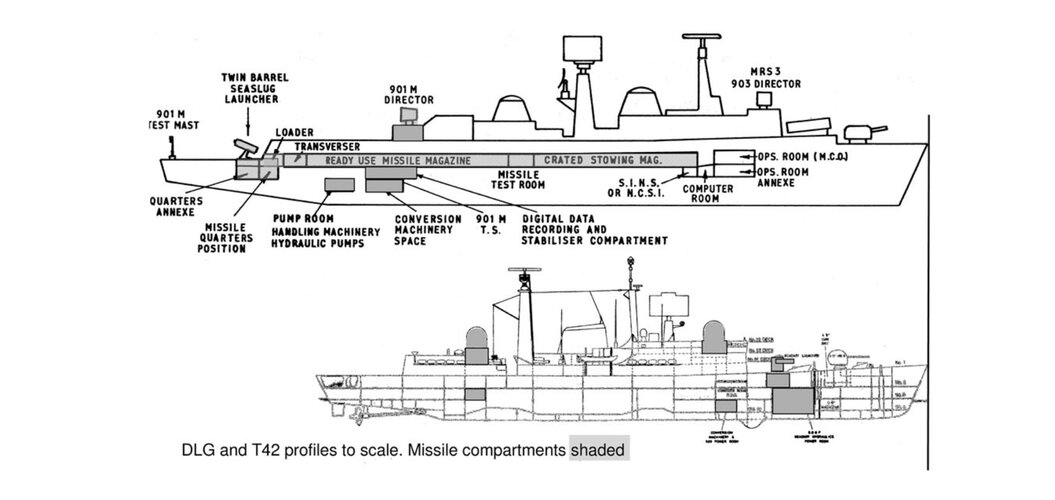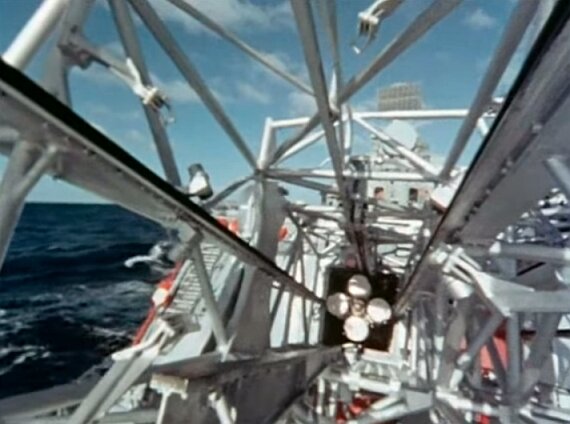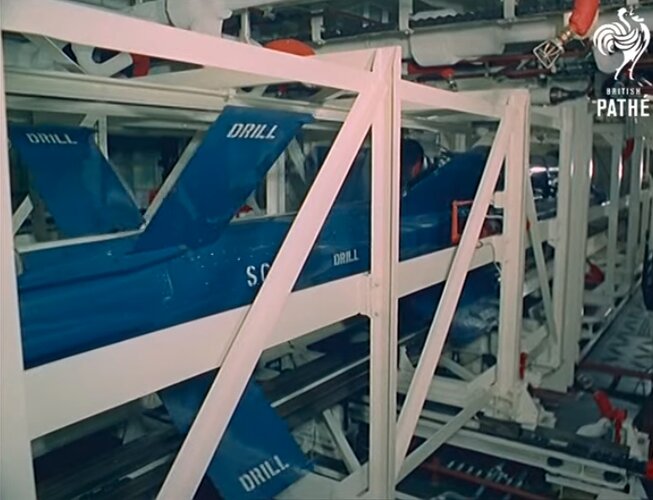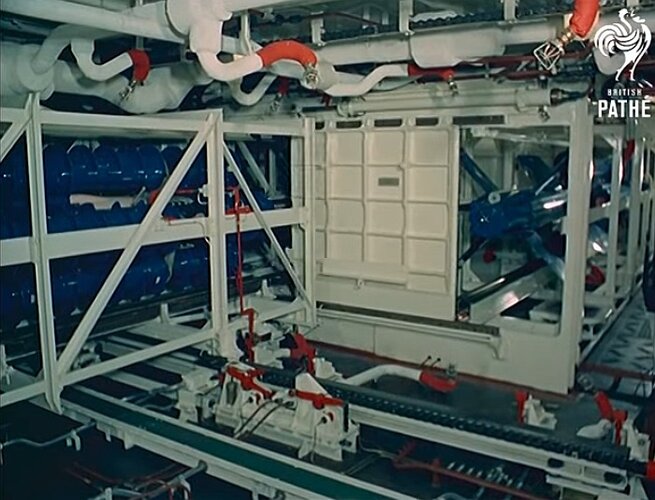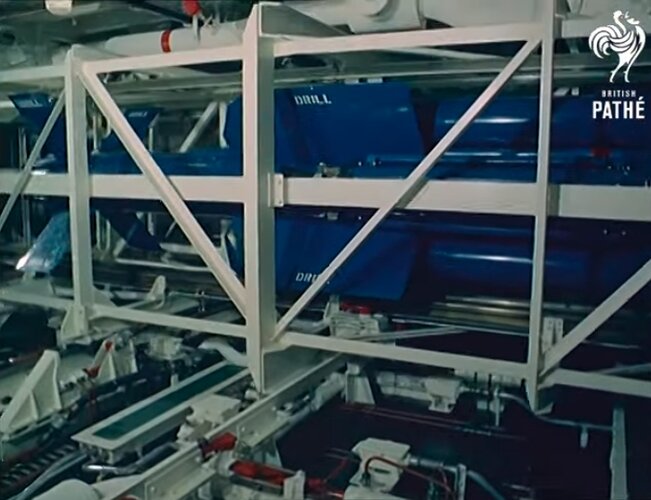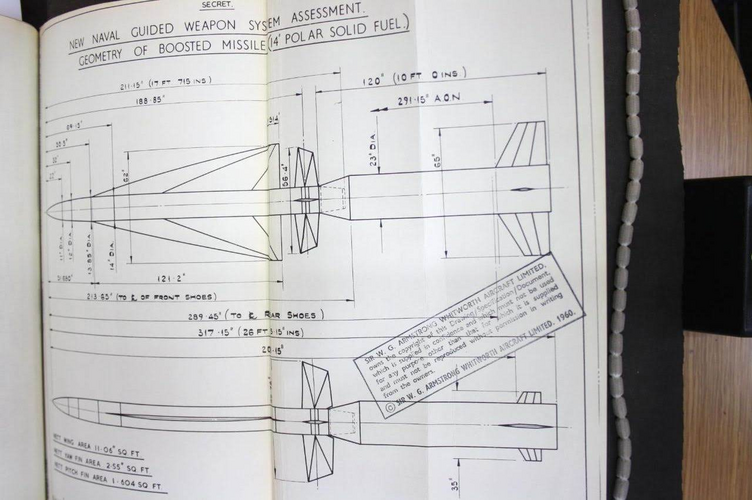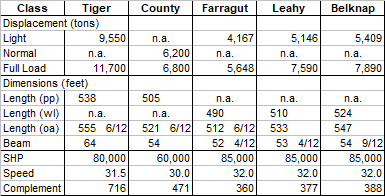So this is my point.
That we can deliver superior performance to Mk II with a Mk III and my second point is this potentially much improved Seaslug-like missile could allow a common system for Army, Navy and Airforce.
Essentially because such developments of a Seaslug sized missile, be smaller and lighter than Thunderbird or Bloodhound.
There is a flipside option in all this, which is having the original Seaslug achieve it's performance in the smaller dimensions expected in the early 50.
I did a thread on this Smaller Seaslug.
This would more closely align with Sea Dart.....

